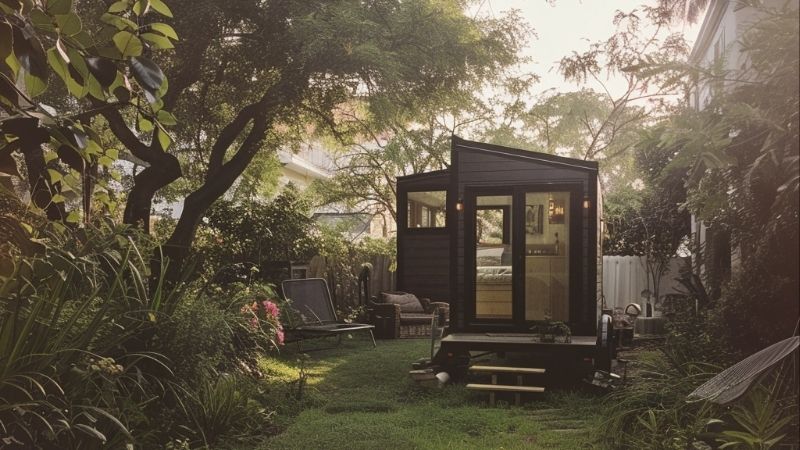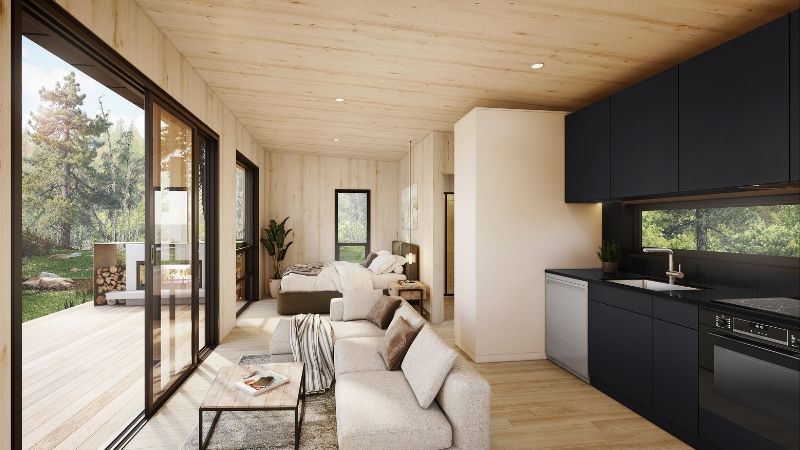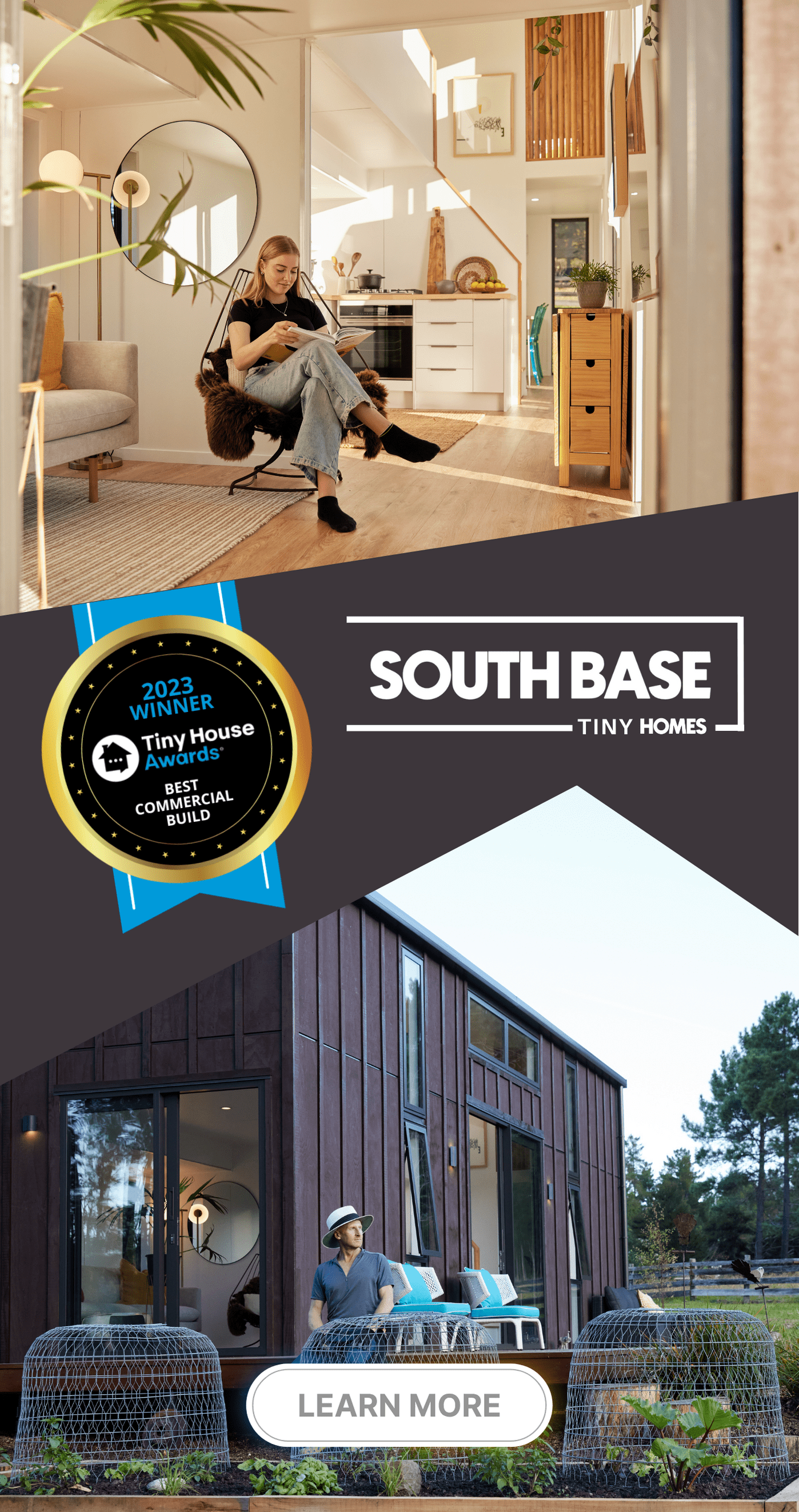Tiny house living has captivated imaginations worldwide, symbolising a shift towards minimalism and sustainability.
Yet, misconceptions abound, clouding the reality of this lifestyle. Here, we address and debunk some of the most prevalent myths, shining a light on the truths of tiny living.
Myth 1: Tiny Houses Mean Constantly Living on the Road
Contrary to the nomadic lifestyle often associated with them, tiny houses on wheels are not designed for perpetual travel. Their mobility allows for easy relocation rather than frequent road trips. These homes are built to be sturdy and stationary assets that can move with you, should you decide to change your scenery.
Myth 2: Tiny Living is a Sign of Poverty
The assumption that tiny house residents are financially strained overlooks the diverse motivations behind choosing this lifestyle. Many opt for tiny living for its minimalism, environmental benefits, and the freedom from a mortgage, not out of financial necessity. Additionally, tiny houses have become popular luxury holiday rentals, proving that this lifestyle choice spans across various economic backgrounds.
Myth 3: Lack of Privacy is Inevitable
While tiny houses offer less space than conventional homes, clever design and layout planning can ensure ample privacy for residents. Strategic placement of different rooms and utilising outdoor spaces effectively can create private nooks within a small footprint, proving that tiny doesn’t mean exposed.
Myth 4: Only Suitable for the Youthful and Single
The tiny house movement is not exclusive to the young and single. Many individuals and families, including retirees looking to downsize and simplify their lives, find tiny living appealing. Tiny houses offer a practical solution for those seeking to live closer to loved ones or desiring a simpler home during their retirement years.
Myth 5: You Must Sacrifice Modern Luxuries
Choosing a tiny house doesn’t mean forgoing modern comforts. Today's tiny homes can include luxury amenities like dishwashers and baths. The focus is on prioritising what truly matters to the homeowner and customising the space to fit those needs without clutter or excess.
Myth 6: Entertaining Guests is Out of the Question
Tiny houses can be designed with entertaining in mind. Options such as dual-purpose rooms, fold-away furniture, and extendable outdoor decks allow for social gatherings without compromising space. Creativity in design ensures you can host guests comfortably and stylishly.
Myth 7: Family and Pet Unfriendly
Contrary to the belief that tiny houses are unfit for families or pets, many find these spaces ideal for fostering closer family bonds and enjoying outdoor activities. Pets, too, can thrive in tiny homes, provided their need for space and privacy is considered in the home's design.
Myth 8: Cramped and Claustrophobic Spaces
Innovative design and smart use of space can make tiny homes feel open, airy, and spacious. High ceilings, large windows, and multi-functional furniture can transform a small footprint into a comfortable, versatile living area.
Myth 9: Tiny Homes Lack Durability and Safety
Tiny homes are constructed with the same attention to durability and safety as traditional homes, often with added mobility considerations. Quality materials and construction techniques ensure these homes are safe and built to last.
Myth 10: A Temporary Solution or Passing Trend
Far from being a short-term trend, tiny living reflects a growing awareness of sustainability, minimalism, and the value of living within one's means. Tiny homes offer a long-term lifestyle choice for those committed to reducing their environmental footprint and focusing on what's truly important in life.
Tiny house living challenges conventional notions of home and happiness. By debunking these common myths, we hope to offer clarity and insight into the tangible benefits and joys of living tiny. Far from a lifestyle of compromises, tiny living is about maximising life with minimal space, proving that sometimes, the best things really do come in small packages.



